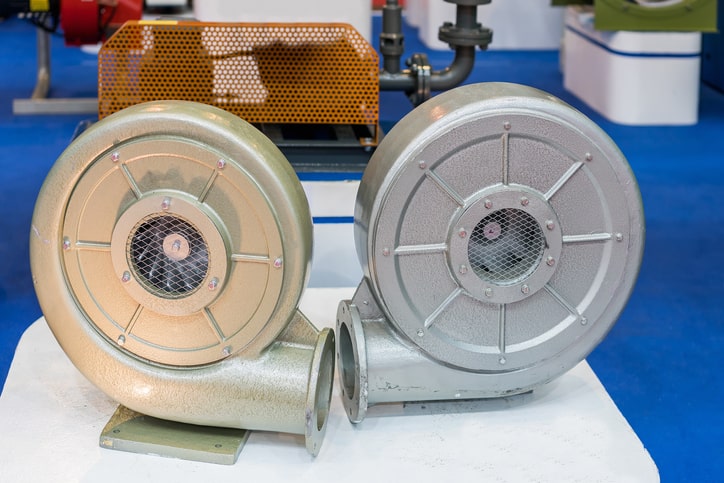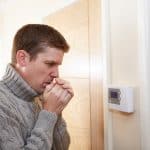
It’s so wonderful to live in a home with a well-running heating system. The comfort and peace of mind are unmatched, which typically means that we don’t spend a lot of time thinking about them. Have you ever wondered how those heating components work?
Most homes have heating components to produce heat, which combines heat and air into one ventilating system using ducts to distribute the cooled or heated air. The furnace is the main functioning part of an HVAC system. Furnaces run off of either electricity or a gas burner, but whichever your home has, the parts are similar.
Furnace
The furnace is the control tower for your entire heating system. All of the work is done here, and this is where most of the parts to your heating system reside. It is the central system where all of the heating is done. It is usually a large metal box located in a closet, basement, or attic.
Cold Air Return/Intake
Heating a home begins with the cold air return, also known as the intake for furnaces that run off of air from the outside. Both returns and intakes will have a filter. The air is drawn into the furnace where electric coils or a gas burner heat up the air in the heat exchanger.
Heat Exchanger
The heat exchanger is where the air is actually heated in the furnace. If your heating system runs on gas, you will have a burner that heats up the air when needed. If your heating system is linked to your home’s electrical system, you will have coils that heat up when warm air is needed.
Blower
Once the heat exchanger has done its job, the blower turns on and begins projecting the warmed air to the ducts. Often you may hear your system turn on, but there may be a delay before the air actually comes out of your vents. When the blower turns on, the air will begin to move out into your home. In the same way, you may hear your system shut off once the temperature is stabilized, but your blower will stay on until the heated air is transferred out of the furnace.
Supply and Return Ducts and Vents
Supply ducts are simply insulated pipes or airways in your walls that heated air follows to open vents located throughout the house. Return ducts are airways that pull out the extra air in your home and into the furnace. They are linked to a vent that has a filter, which needs to be replaced periodically. The return vents are larger than the supply vents, but there are fewer of them.
Exhaust
Most furnaces have an exhaust system that allows gases in the air to leave through the exhaust ducts to the outside. Draft hoods are used to vent dangerous carbon monoxide from gas furnaces through the exhaust ducts safely to outside.
Thermostat
What regulates the furnace is the thermostat. It is a sensitive switch that is connected to the furnace. It automatically turns on the heat when there is a drop in temperature in the house. Usually the sensors are located centrally in a home in order to maintain an even temperature throughout.
If your home isn’t staying warm throughout the nights, give Gentry Air Conditioning a call today to come out and inspect these heating components!












